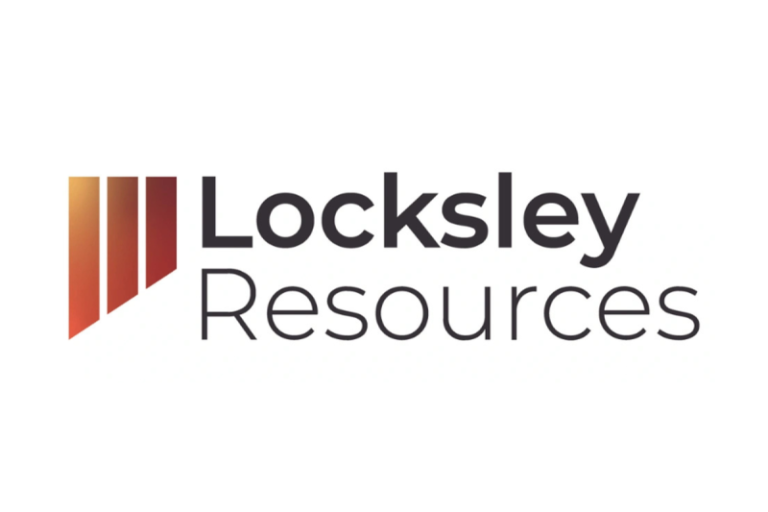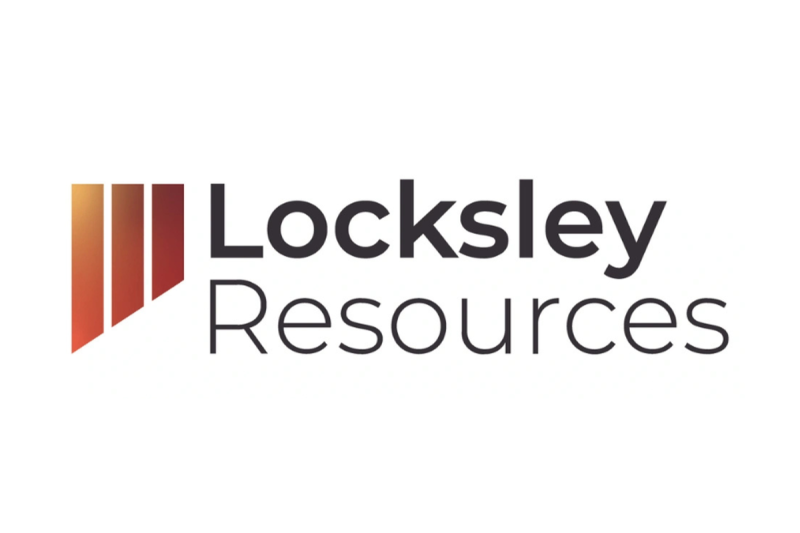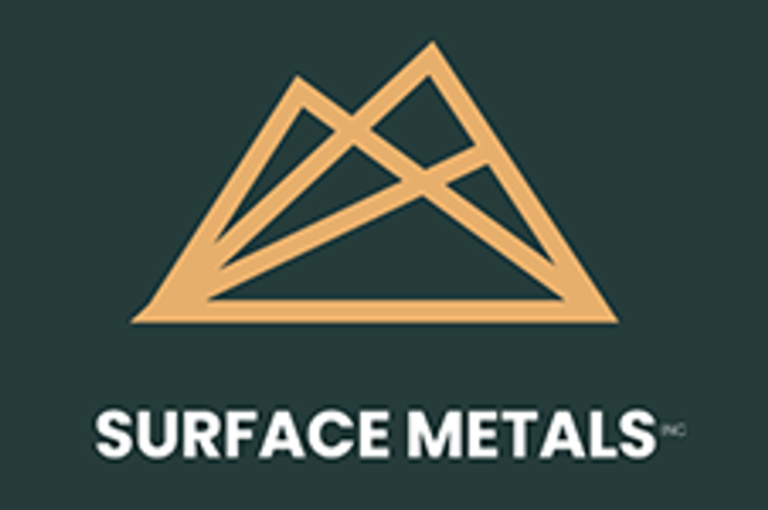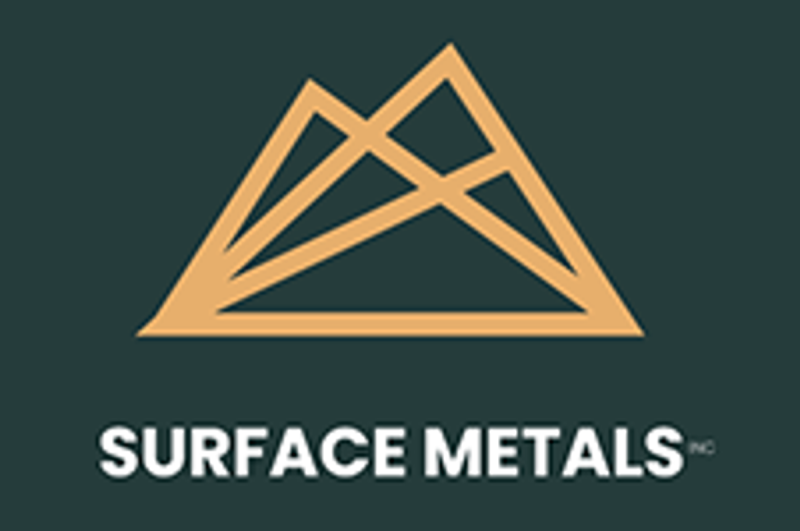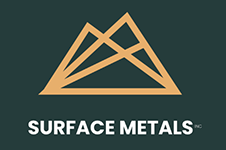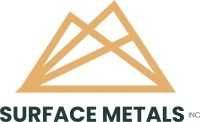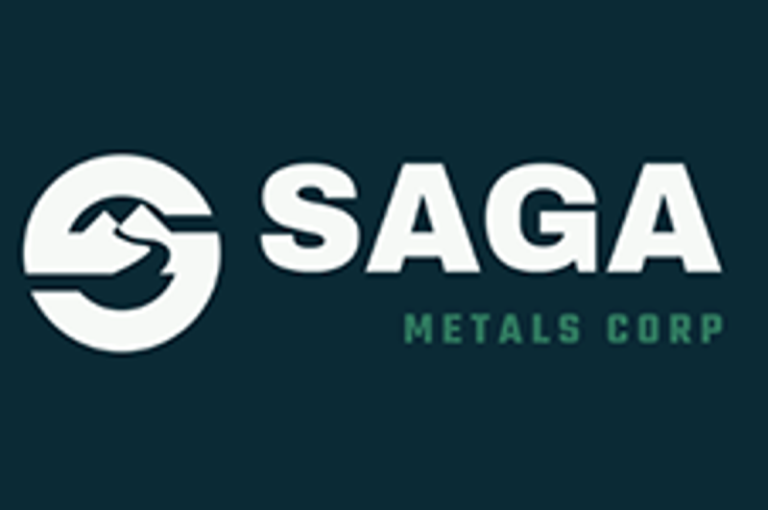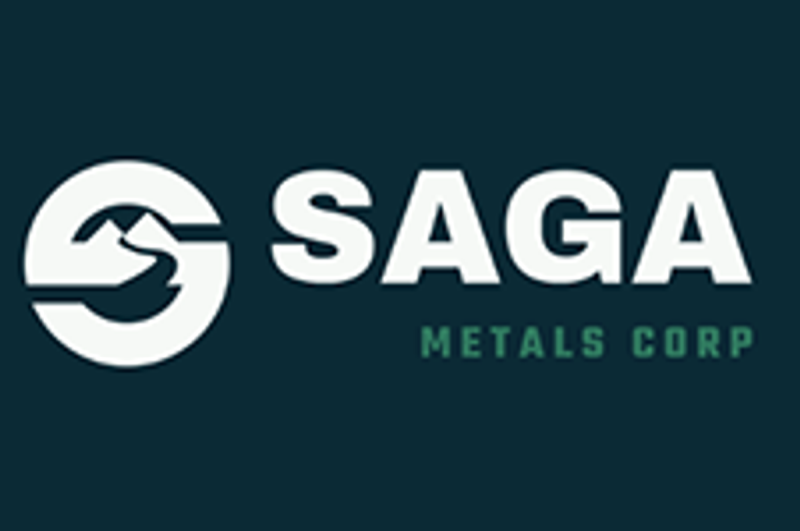Saga Metals Corp. (‘SAGA’ or the ‘Company’) (TSXV: SAGA,OTC:SAGMF) (OTCQB: SAGMF) (FSE: 20H), a North American exploration company advancing critical mineral discoveries, is pleased to announce that preparations are underway for Phase 1 of the 2025–2026 drill program at the Trapper Zone on its 100%-owned Radar Project near Cartwright, Labrador. Drill crews are scheduled to mobilize at the beginning of November, with the program designed to advance SAGA toward a maiden Mineral Resource Estimate.
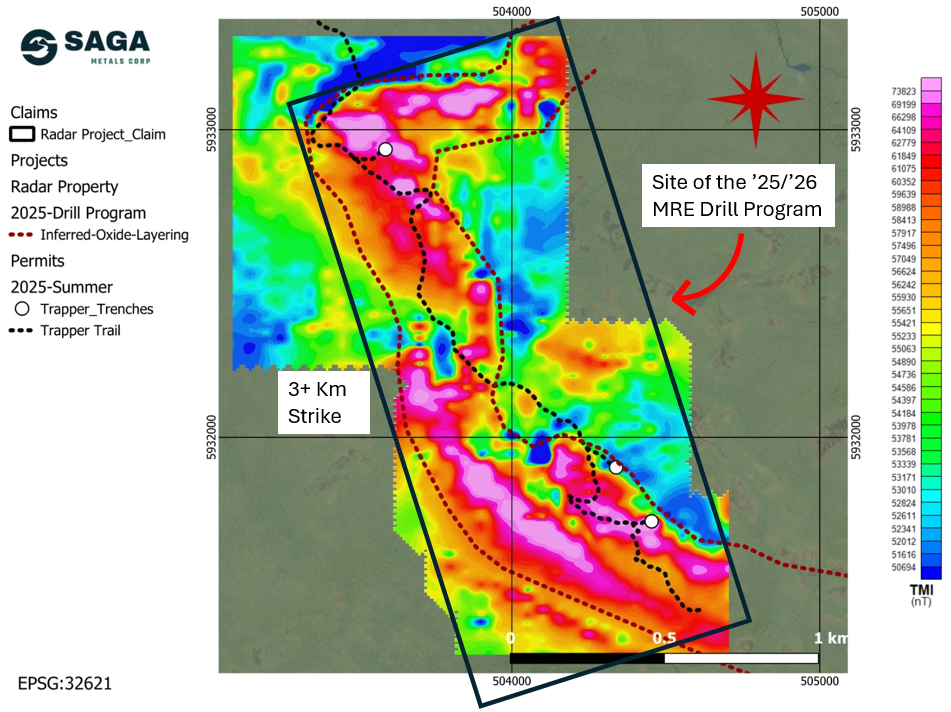
Figure 1: Radar Project’s Trapper Zone depicting a 3+ km Total Magnetic Intensity (TMI) anomaly from the 2025 ground survey and the oxide layering trend. The Trapper Trail (in black) will be the target of the planned 15,000 m diamond drilling program aimed at establishing Saga’s maiden mineral resource estimation.
Saga Metals Hosts the Northern Miner at the Radar Project
Saga Metals’ CGO and Director, Michael Garagan, recently hosted Blair McBride, Copy Editor and Production Editor of The Northern Miner, for an exclusive site visit to the company’s flagship Radar titanium-vanadium-iron project near Cartwright, Labrador. The site visit provided McBride with firsthand insights into Saga Metals’ drilling programs, plans for a resource estimate, and sustainable development strategies. McBride, impressed by the project’s scale and strategic importance in potentially bolstering North American titanium and vanadium supply chains for defense applications, has authored an unsolicited article reflecting his independent opinions on Saga Metals’ operations and the Radar project’s promising future.
To read The Northern Miner’s full article, click here .
Drill Program Preparation:
Field teams, alongside Dr. Al Miller, arrived on site in October to review core from the Hawkeye Zone, map the Trapper Zone trenches, and complete infrastructure preparations ahead of mobilization. The Phase 1 Trapper Zone drill campaign will target:
- Grade continuity across a 3 km strike length.
- Oxide layering widths and continuity to depths of about 200 metres.
- Integration of structural insights from Hawkeye trenching and drilling into collar orientation and drill design.
The program will focus on initial drilling of 1,500-2,500 m in 6-10 holes, each about 250 m in depth, before the December break. In addition to the drilling team, there will be a field team cutting, logging and shipping core weekly to obtain drill core assay results continuously throughout the program, guiding ongoing decision making across the 3+km strike within the Trapper zone. This phase will be complemented by metallurgical sampling through the winter, with core from both the Hawkeye and Trapper zones undergoing detailed metallurgical testing.
‘The layered oxide-rich gabbronorite is enveloped in an inferred older, oxide-bearing gabbro. Collectively folding of these two oxide-bearing intrusive units has significantly increased the thickness of the oxide domain and the potential of the laterally extensive oxide zone across the entire Radar property.’ – Dr. Al Miller, October 6, 2025
Metallurgical Testing to Commence
Based on the results of the successful winter 2025 drilling program, SAGA has commissioned Impact Global Solutions Inc. (IGS), a metallurgical laboratory in Delson, Quebec, to begin tests of diamond drill core and surface samples from the Radar property. IGS received pulps and reject samples from the winter 2025 drilling program, and the first stage of tests will commence this week. Initially, testing will determine the correlation between Lithium metaborate–tetraborate fusion (LiBO₂–Li₂B₄O₇) with XRF finish assays for Fe3O4, TiO2 and V2O5 and the yields from magnetite/gravity separation of vanadiferous titanomagnetite (VTM). Pulps will be tested as follows:
- Satmagan (Saturation Magnetization Analyzer): is used in mining, metallurgy, and geoscience to determine the magnetic content of a sample, most commonly the percentage of magnetite (Fe₃O₄) or other strongly magnetic minerals, such as VTM. It requires careful calibration to be employed in mineral resource estimates of VTM deposits.
- Davis Tube (a laboratory magnetic separator), to simulate Wet Low-Intensity Magnetic Separation (WLIMS) on individual assay intervals. IGS will physically test the grind size and magnetic intensity settings, obtaining Mass Recovery and concentrate grade (TiO2, V2O5 and Fe). Estimation of tailings losses is also possible. Davis Tube tests will include separate tests of the cumulus and intercumulus VTM layers. Regular testing by Davis Tube will maintain correlations with Satmagan and the Lithium Borate fusion/XRF results.
After a representative coverage of Satmagan and Davis Tube tests, IGS will conduct preliminary metallurgy tests to determine the quality and yields of the potential VTM concentrates from each principal intrusive layer and each zone.
In preparation for work on a mineral resource estimate after the Trapper zone drilling, sub-meter-accuracy surveying of all past drilling, trench and sample locations will be conducted by Cambria Geological Inc. in early November. A survey protocol will be established and carried forward into pending drilling and surface sampling programs.
Advancing the Radar Project
The Radar Property spans 24,175 hectares and hosts the entire Dykes River intrusive complex (~160 km²), a unique position among Western explorers. Geological mapping, geophysics, and trenching have already confirmed oxide layering across more than 20 km of strike length, with mineralization open for expansion.
Vanadiferous titanomagnetite (‘VTM’) mineralization at Radar is comparable to global Fe–Ti–V systems such as Panzhihua (China), Bushveld (South Africa), and Tellnes (Norway), positioning the Project as a potential strategic future supplier of titanium, vanadium, and iron to North American markets.
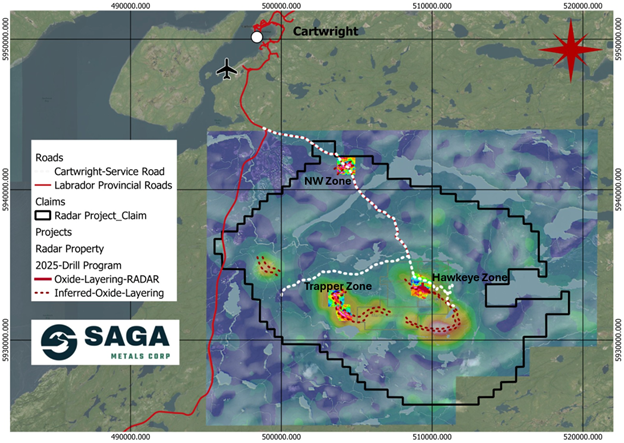
Figure 2: Radar Property map, depicting magnetic anomalies, oxide layering and the site of the 2025 drill program in the Hawkeye zone. The Property is well serviced by road access and is conveniently located near the town of Cartwright, Labrador. A compilation of historical aeromagnetic anomalies is overlaid by ground-based geophysics as shown. SAGA has demonstrated the reliability of the regional airborne magnetic surveys after ground-truthing and drilling in the 2024 and 2025 field programs.
Outlook on Phase 1 of Drilling at the Trapper Zone:
Phase 1 drilling at the Trapper Zone builds on significant milestones from 2025, including:
- Hawkeye drilling success: maiden drill program in early 2025, featuring a 2,209-metre, seven-hole diamond drill campaign across the Hawkeye Zone. The program intersected broad zones of titanomagnetite-rich oxide layering, with cumulative intersections displaying consistent grades of titanium dioxide (TiO 2 ), vanadium pentoxide (V 2 O 5 ) and iron (Fe).
- Metallurgical readiness: Ongoing petrographic and mineralogical studies by Dr. Al Miller confirm those primary magmatic textures favourable for downstream processing.
- Exploration momentum: Expanded property vision with preliminary metallurgical insights and confirmation of large-scale oxide continuity across the Dykes River intrusive complex.
Together, these achievements support SAGA’s strategy of advancing Radar toward resource definition and positioning it as a potential cornerstone critical minerals project in North America.
‘We are deeply grateful to our loyal shareholders and those who recently joined us through our fully subscribed ~$3M financing, which strengthens our foundation for continued growth,’ said Mike Stier, CEO and Director of Saga Metals. ‘This funding empowers our exploration teams to launch a robust drilling program at the Trapper zone, equipped with the necessary tools for an efficient and impactful campaign as we work toward our maiden indicated resource. Furthermore, confirming the connection between our Trapper and Hawkeye zones, as shown below, and delineating ~16km of our oxide layering strike will underscore the immense potential of this project.’
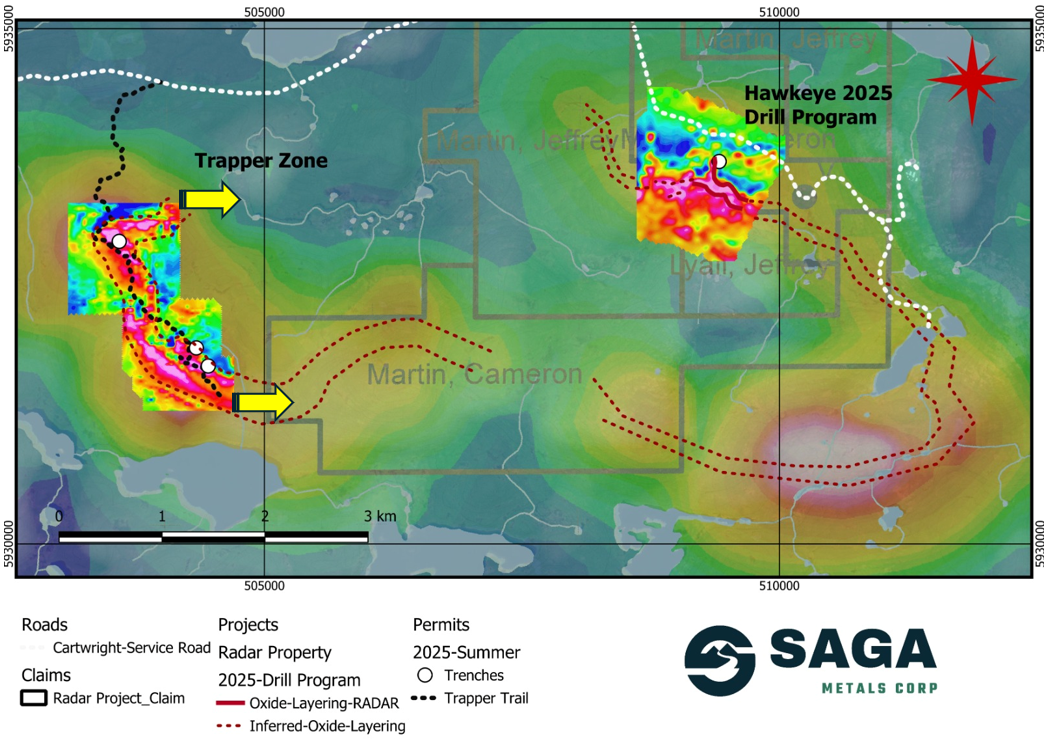
Figure 3: Radar Project’s prospective oxide layering zone extends for an inferred 20 km strike length, as shown on a compilation of historical airborne geophysics as well as ground-based geophysics in the Hawkeye and Trapper zones completed by SAGA in the 2024/2025 field programs. SAGA has demonstrated the reliability of the regional airborne magnetic surveys after ground-truthing and drilling in the 2024 and 2025 field programs .
Qualified Person
Paul J. McGuigan, P. Geo., is an Independent Qualified Person as defined under National Instrument 43-101 and has reviewed and approved the technical information disclosed in this news release.
About Saga Metals Corp.
Saga Metals Corp. is a North American mining company focused on the exploration and discovery of a diversified suite of critical minerals that support the global transition to green energy. The Radar Titanium Project comprises 24,175 hectares and entirely encloses the Dykes River intrusive complex, mapped at 160 km² on the surface near Cartwright, Labrador. Exploration to date, including a 2,200m drill program, has confirmed a large and mineralized layered mafic intrusion hosting vanadiferous titanomagnetite (VTM) with strong grades of titanium and vanadium.
The Double Mer Uranium Project, also in Labrador, covers 25,600 hectares featuring uranium radiometrics that highlight an 18km east-west trend, with a confirmed 14km section producing samples as high as 0.428% U 3 O 8 and uranium uranophane was identified in several areas of highest radiometric response (2024 Double Mer Technical Report).
Additionally, SAGA owns the Legacy Lithium Property in Quebec’s Eeyou Istchee James Bay region. This project, developed in partnership with Rio Tinto, has been expanded through the acquisition of the Amirault Lithium Project. Together, these properties cover 65,849 hectares and share significant geological continuity with other major players in the area, including Rio Tinto, Winsome Resources, Azimut Exploration, and Loyal Metals.
With a portfolio that spans key minerals crucial to the green energy transition, SAGA is strategically positioned to play an essential role in the clean energy future.
On Behalf of the Board of Directors
Mike Stier, Chief Executive Officer
For more information, contact:
Rob Guzman, Investor Relations
Saga Metals Corp.
Tel: +1 (844) 724-2638
Email: rob@sagametals.com
www.sagametals.com
Neither the TSX Venture Exchange nor its Regulation Service Provider (as that term is defined in the policies of the TSX Venture Exchange) accepts responsibility for the adequacy or accuracy of this release.
Cautionary Disclaimer
This news release contains forward-looking statements within the meaning of applicable securities laws that are not historical facts. Forward-looking statements are often identified by terms such as ‘will’, ‘may’, ‘should’, ‘anticipates’, ‘expects’, ‘believes’, and similar expressions or the negative of these words or other comparable terminology. All statements other than statements of historical fact, included in this release are forward-looking statements that involve risks and uncertainties. In particular, this news release contains forward-looking information pertaining to the exploration of the Company’s Radar Project. There can be no assurance that such statements will prove to be accurate and actual results and future events could differ materially from those anticipated in such statements. Important factors that could cause actual results to differ materially from the Company’s expectations include, but are not limited to, changes in the state of equity and debt markets, fluctuations in commodity prices, delays in obtaining required regulatory or governmental approvals, environmental risks, limitations on insurance coverage, inherent risks and uncertainties involved in the mineral exploration and development industry, particularly given the early-stage nature of the Company’s assets, and the risks detailed in the Company’s continuous disclosure filings with securities regulations from time to time, available under its SEDAR+ profile at www.sedarplus.ca. The reader is cautioned that assumptions used in the preparation of any forward-looking information may prove to be incorrect. Events or circumstances may cause actual results to differ materially from those predicted, as a result of numerous known and unknown risks, uncertainties, and other factors, many of which are beyond the control of the Company. The reader is cautioned not to place undue reliance on any forward-looking information. Such information, although considered reasonable by management at the time of preparation, may prove to be incorrect and actual results may differ materially from those anticipated. Forward-looking statements contained in this news release are expressly qualified by this cautionary statement. The forward-looking statements contained in this news release are made as of the date of this news release and the Company will update or revise publicly any of the included forward-looking statements only as expressly required by applicable law.
Photos accompanying this announcement are available at https://www.globenewswire.com/NewsRoom/AttachmentNg/9800d75f-413a-4d48-8e17-4514dd79d5e8
https://www.globenewswire.com/NewsRoom/AttachmentNg/b62ee083-f885-4def-92ae-1f05da526bd3
https://www.globenewswire.com/NewsRoom/AttachmentNg/7affa35f-627c-47ae-822c-10b0f7dd5a78







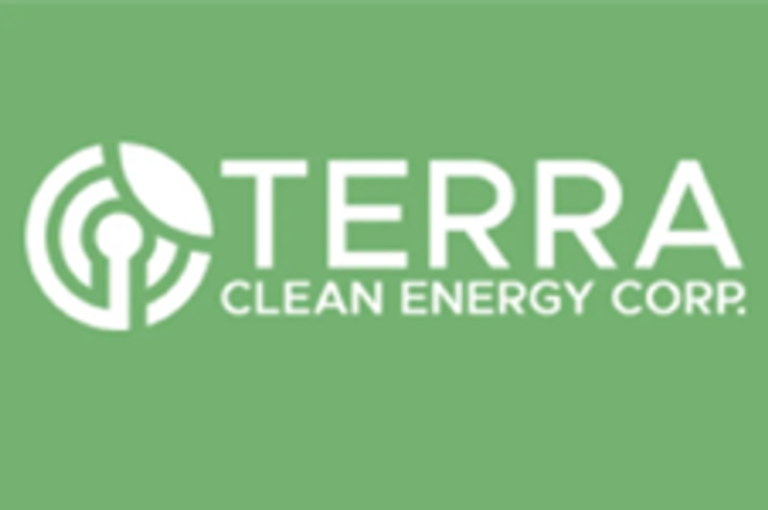
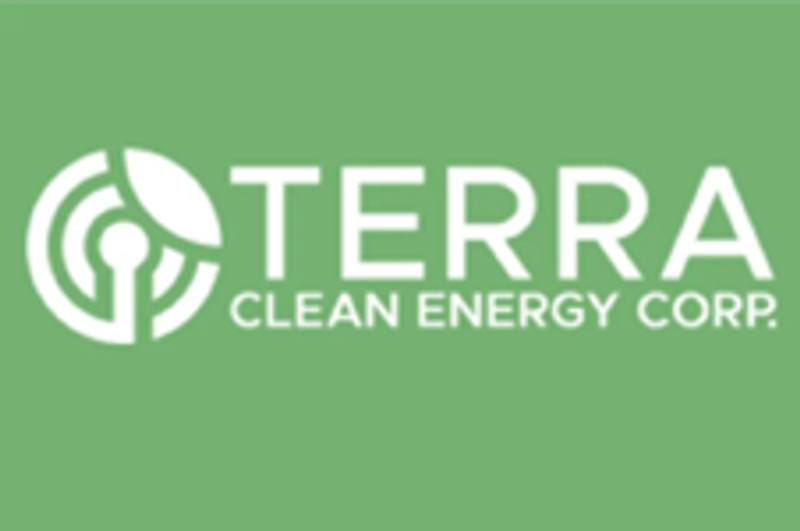
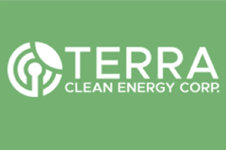

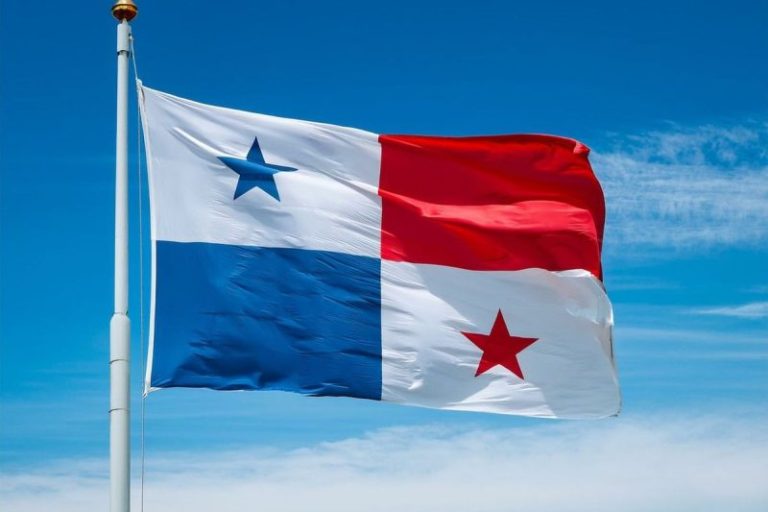
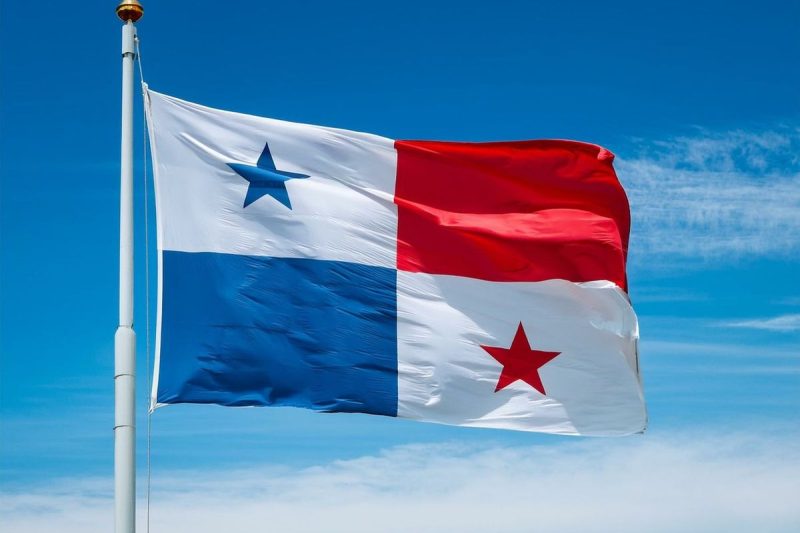
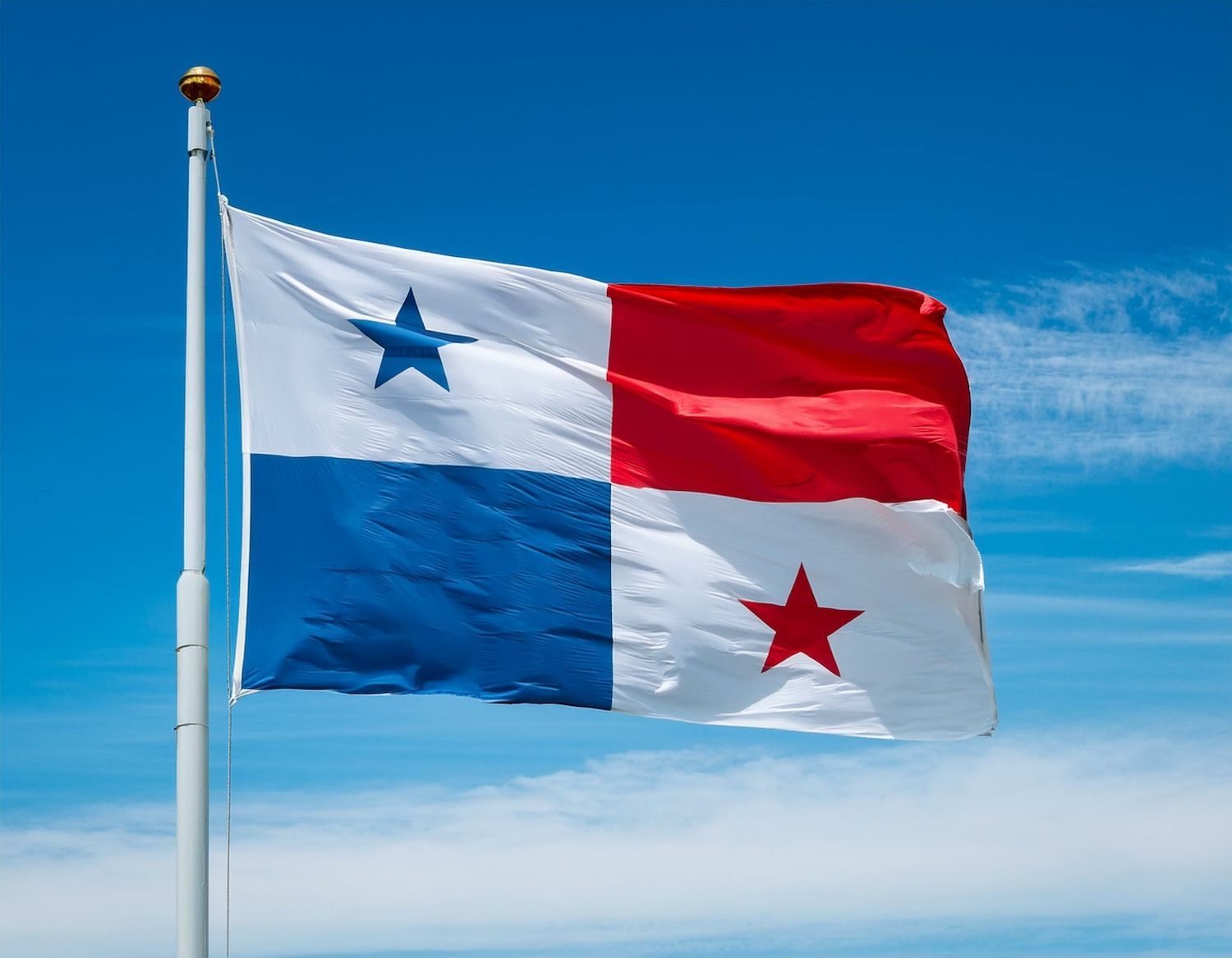







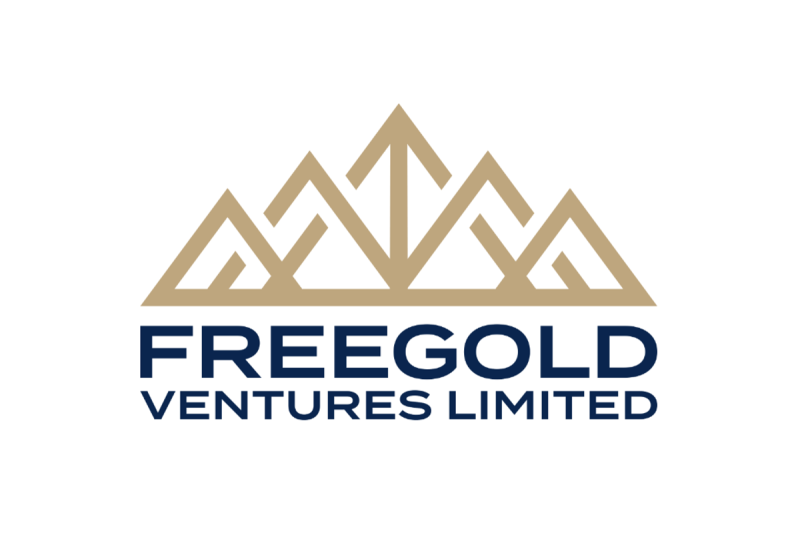
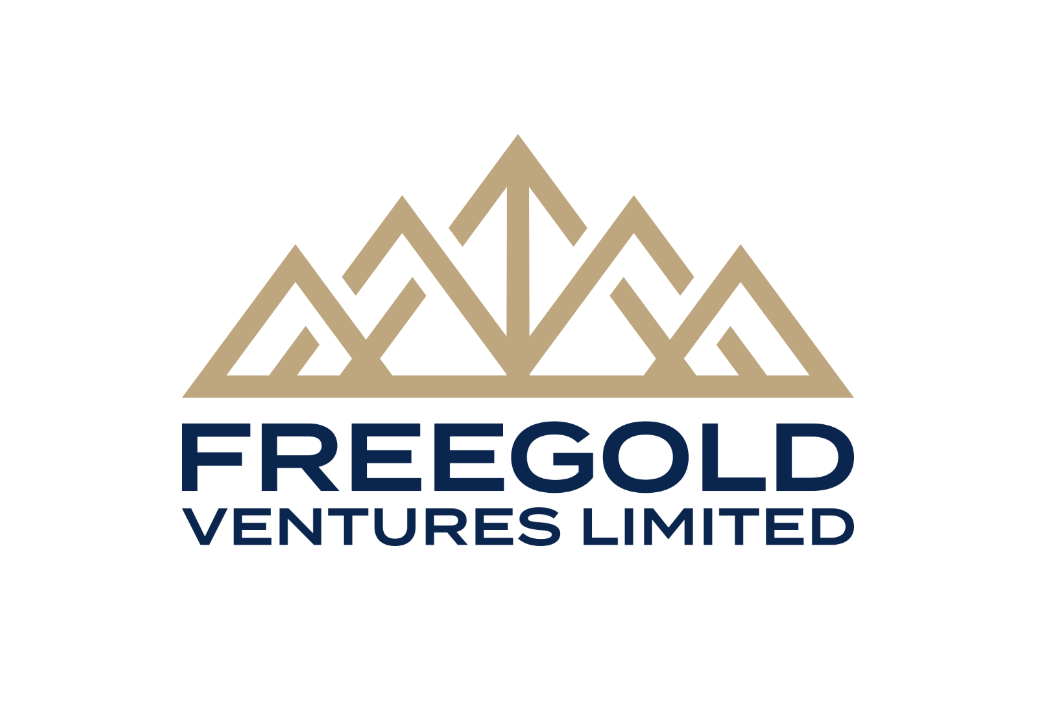
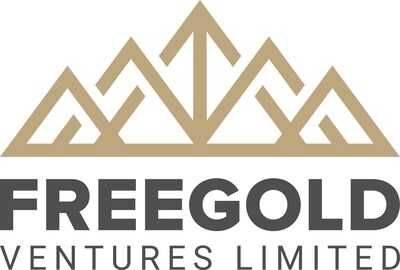
 . As of
. As of 




